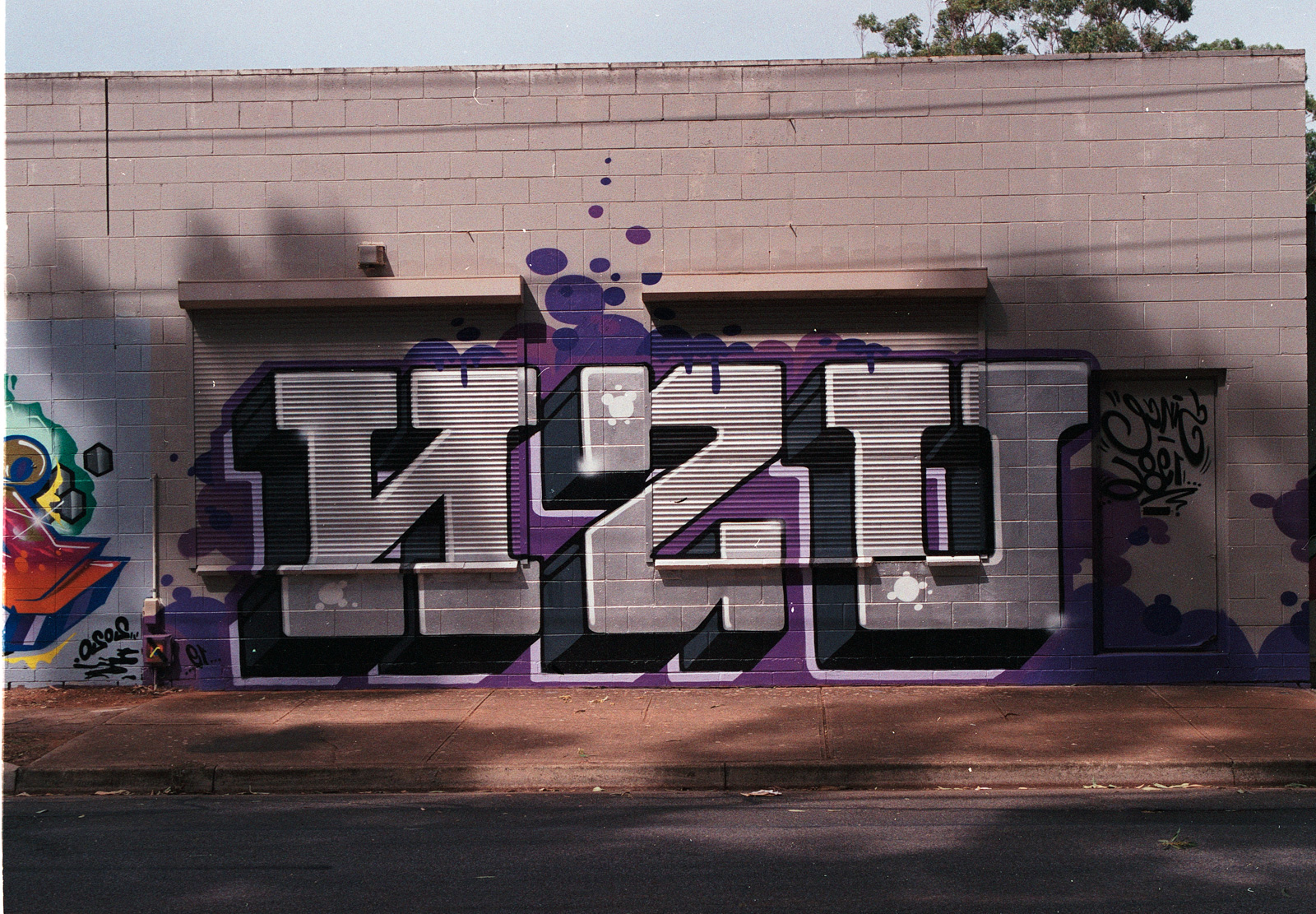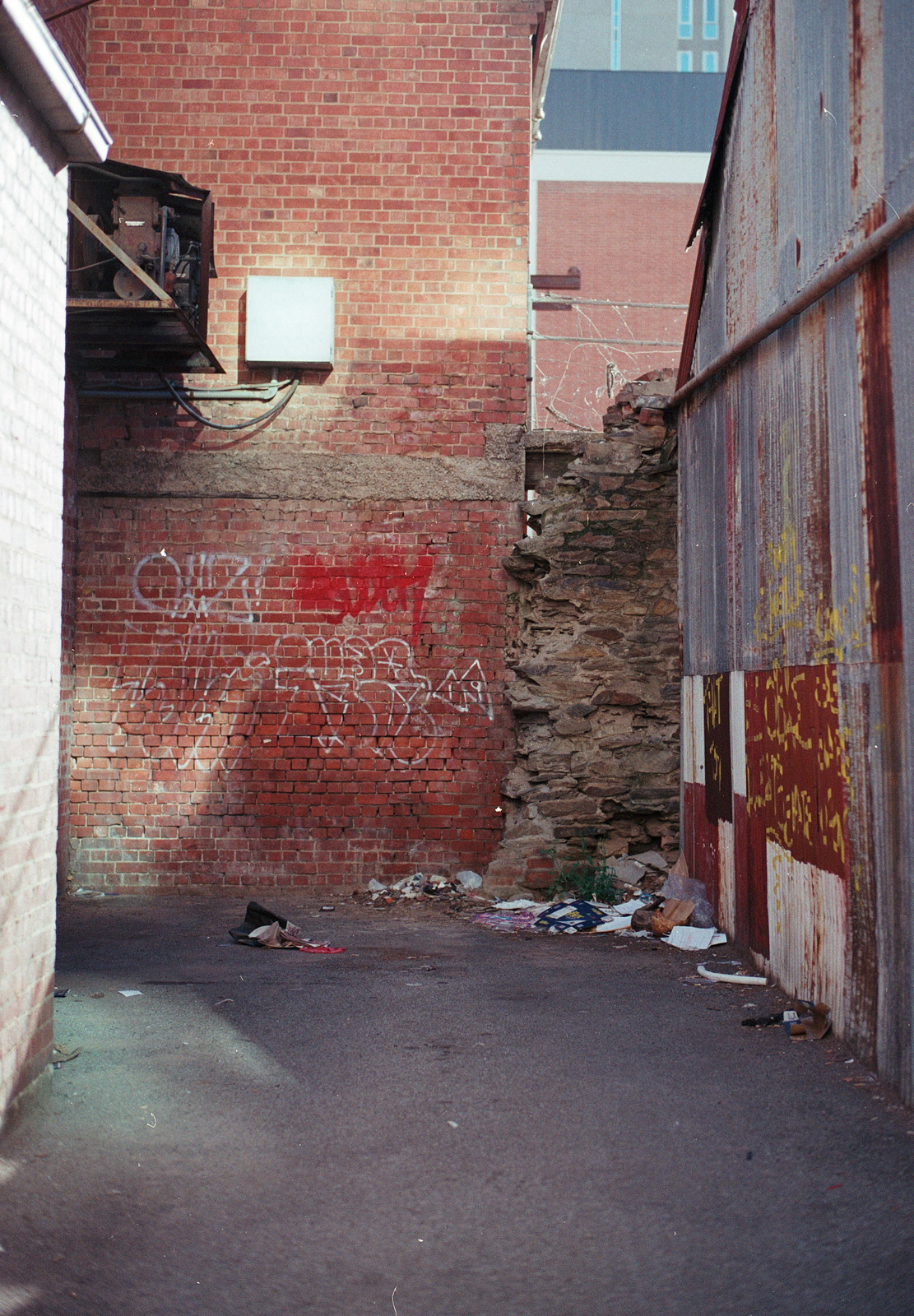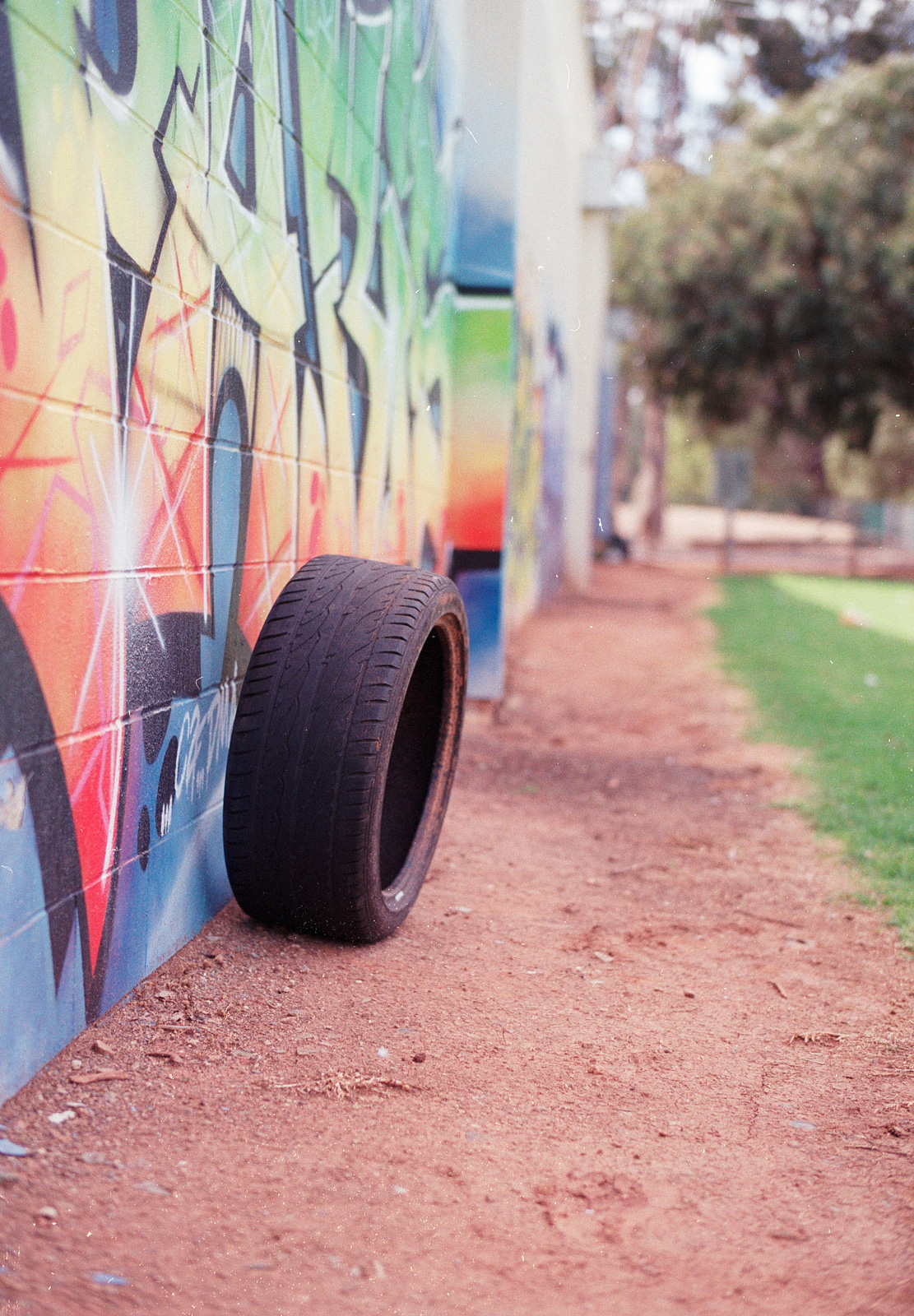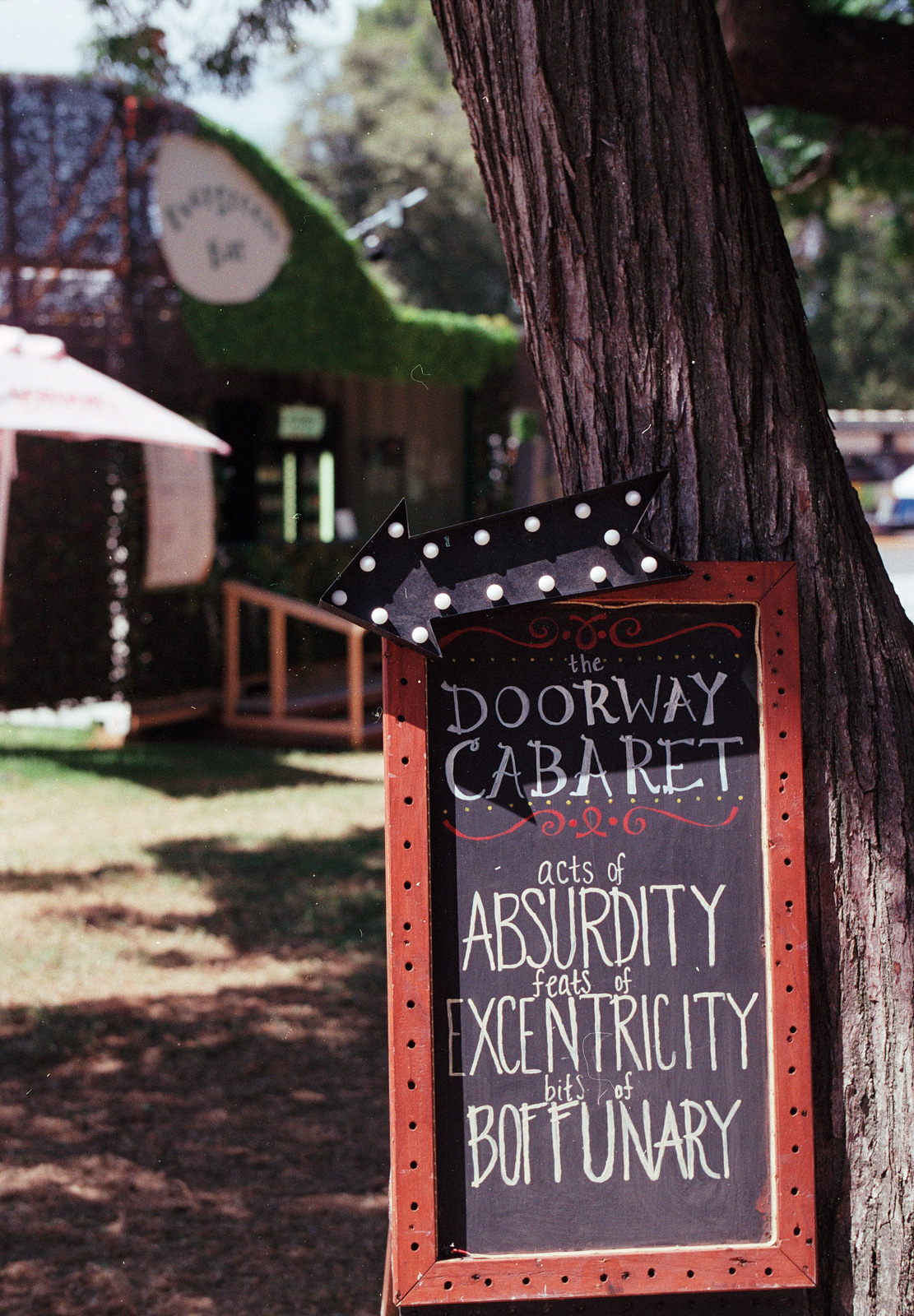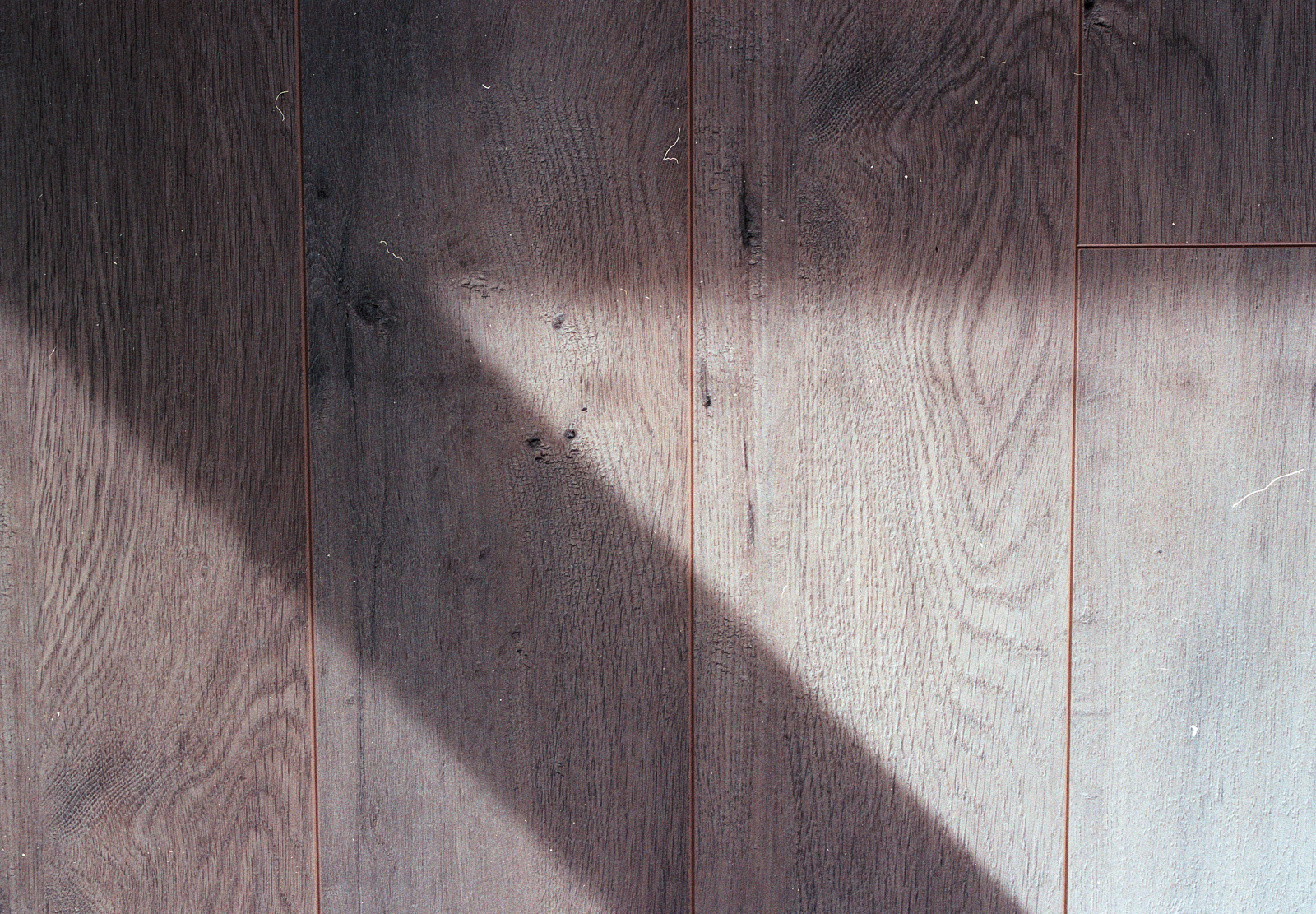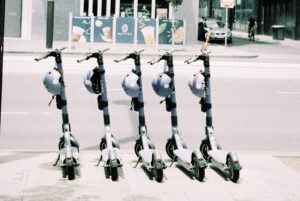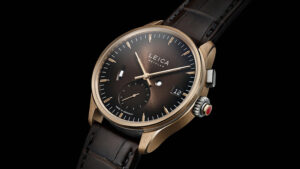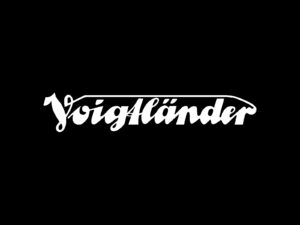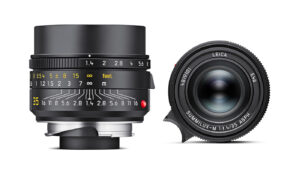This 200 ISO colour film is inexpensive, the colours are accurate with a bit of vibrance, the film is sharp with minimal grain, and responds reasonably (but not as well as some) to editing. That said, the lack of editing capabilities isn’t really a problem if you just want photos that look right with the available light and you expose it correctly.
Let me say, I don’t think it is possible for anyone, least of all me, to write a totally comprehensive camera film review. Let’s face it, has anyone ever tried every film ever produced in order to make valid comparisons?
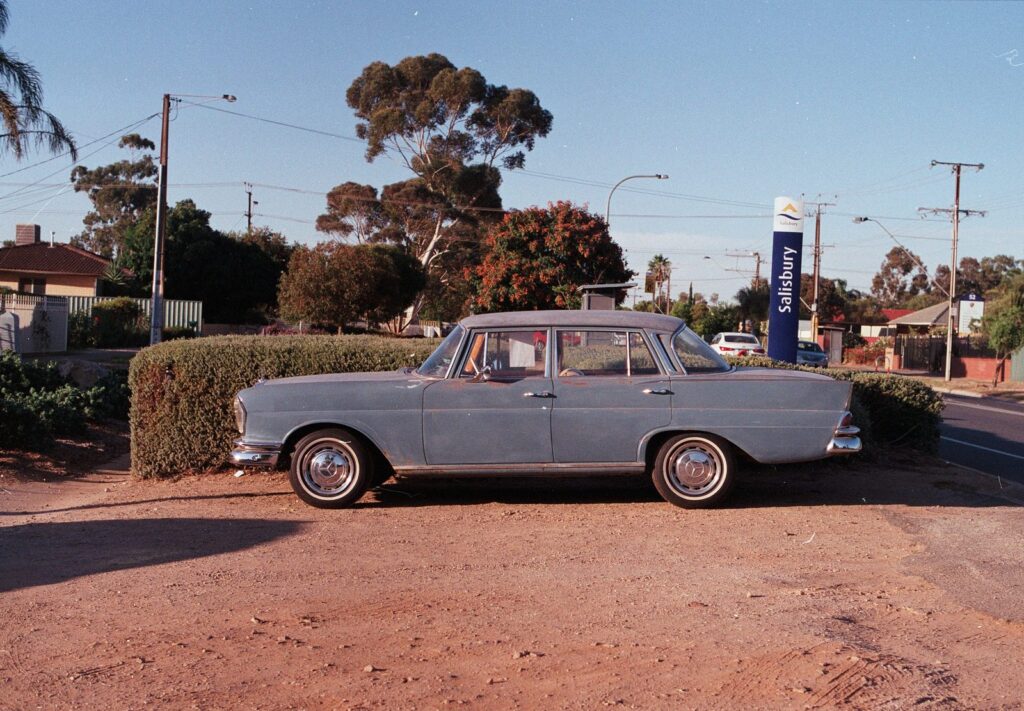
Ethics Statement
All photos in this review for Fuji C200 have not had their colour edited in anyway. I do no corrections to exposure, colour, white balance, sharpness or noise reduction other than stated for experimental purposes as a part of reviewing the camera film. All films, cameras, lenses and more that I review I have personally purchased or have been loaned, I take no money from anyone to review something.
Where do I get my film processed?
PhotoCo Camera House in Adelaide. In South Australia, they have the widest range of camera film available off the shelf, and can always order something special. Plus their service is second to none, they generally bend over backwards to get processing done in a hurry, like they did with this roll of C200.
Onto the Film
How’s the grain? Not much grain. Testing the visible grain the in the sky, there is less grain visible than some 100 ISO films, and really when printing at around 8×12″ or even a bit larger, it is hard to see any grain in the pictures from Fuji C200.
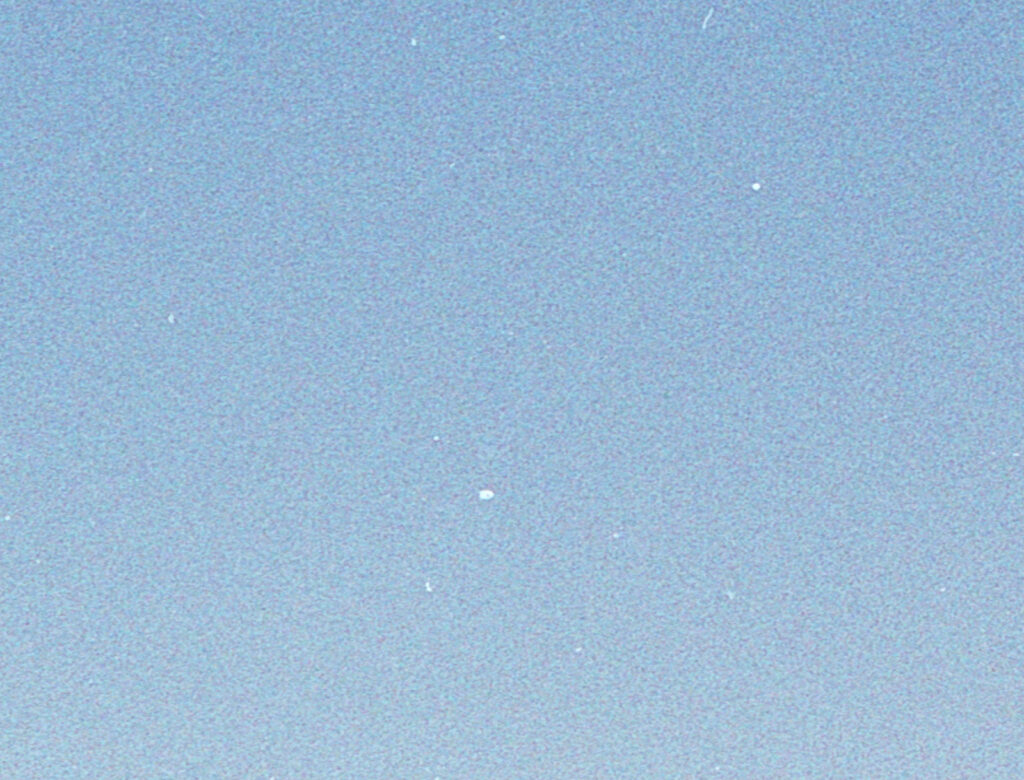
The colours for Fuji C200 have really impressed me with how accurate and life like they are. Previously, I’ve always preferred Kodak colours and felt that Fuji never got it 100% with colours that were either too saturated (see Superia 400) or a bit muted with a greeny tone like 400H. There was never a sweet spot that was just totally accurate like Kodak Portra. But things have changed. This film seems to have a very accurate colour when shot in the right light, with a nice saturation.
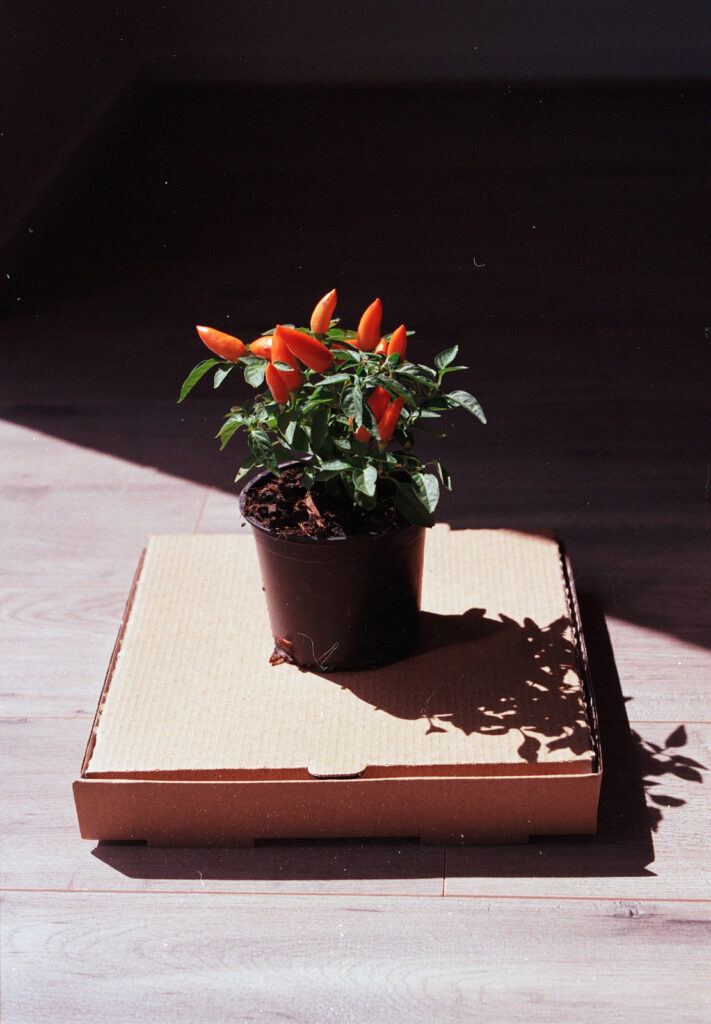
The blacks are deep, the highlights are not blown out and retain detail, and the midtones are open. I actually really like the way natural colours get rendered.

Is the film sharp? Well yes. Normally for a film to look sharp straight out of processing, you need to choose a contrasty film and sacrifice some fine details. Fuji C200 seems to retain fine details, especially in the shadows, and still have a sharp looking image. We have a real balance of sharpness and detail, and a nice open natural looking contrast curve that is producing great images when shot right.
I would go so far as to challenge users of high res DSLR full frame sensors from the likes of Canon, Sony and Nikon to pitch their beloved megapixel monsters against this film and test it our for sharpness and detail with the same lens. I think the results, even in 2020 could be quite surprising.
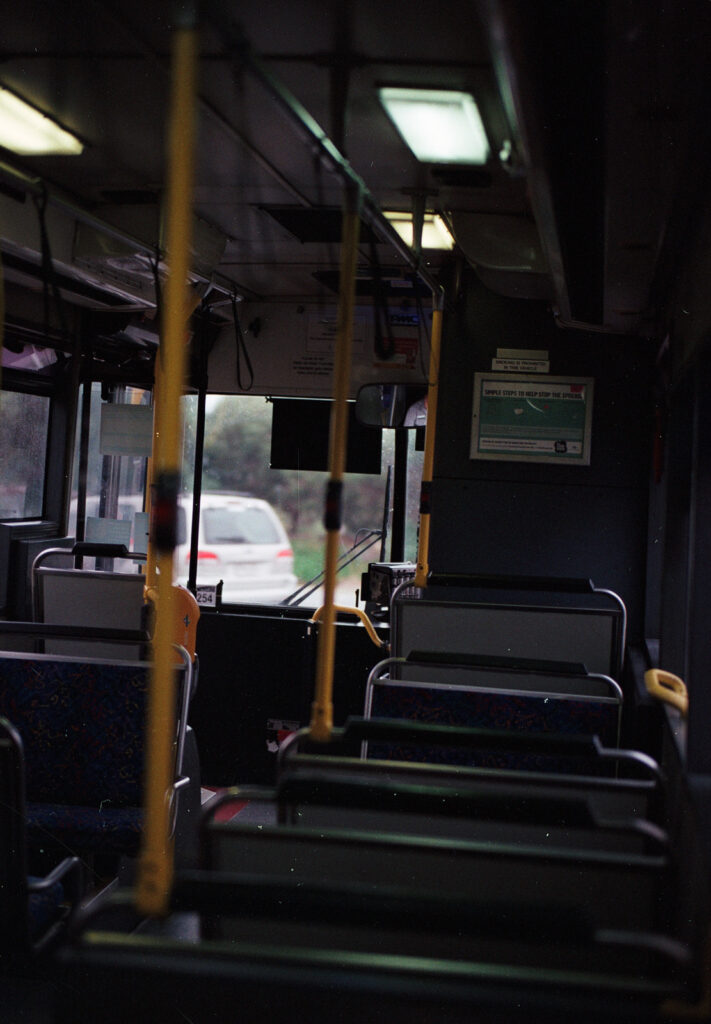
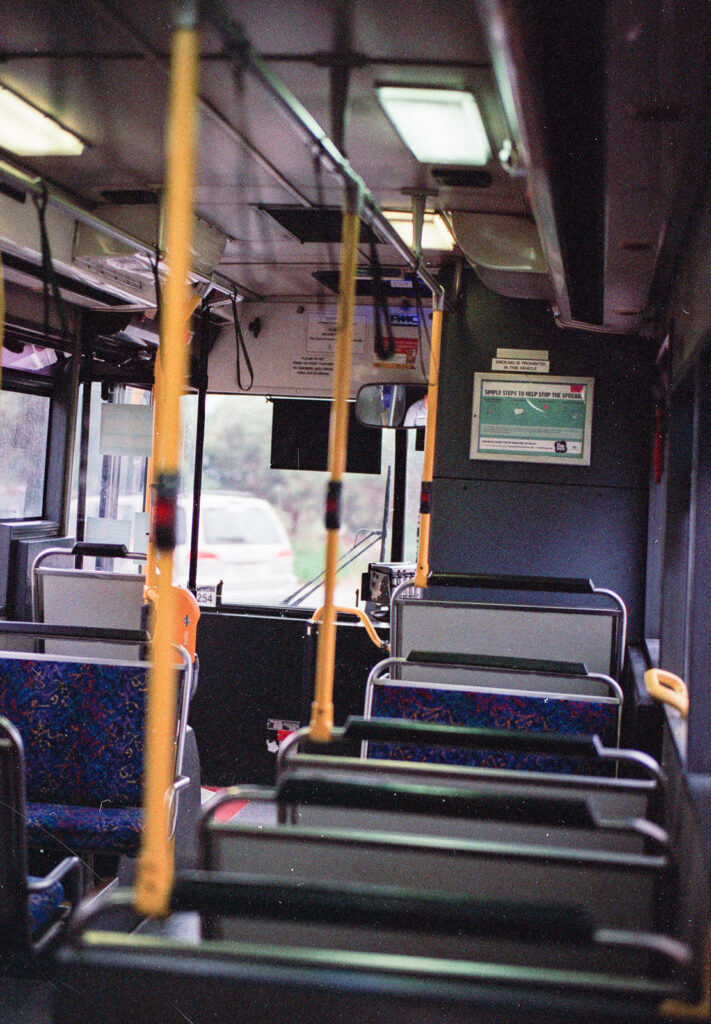
Fuji C200 responds well to editing. The shot on the left was exposed for the front window of the bus, letting the inside render dark. All I’ve done on the right is lift the exposure in Lightroom, and then bring the highlights down to bring the front window back. To me, this is a good result, but lifting up the shadows or exposure does bring up a lot of grain in the darker areas of the shot. Similarly, I’ve found that overexposed C200 doesn’t respond very well to being brought back in post. You need to get it right at time of shooting. But that is what I like most about this film: It is great with natural/available light.
Samples Gallery
